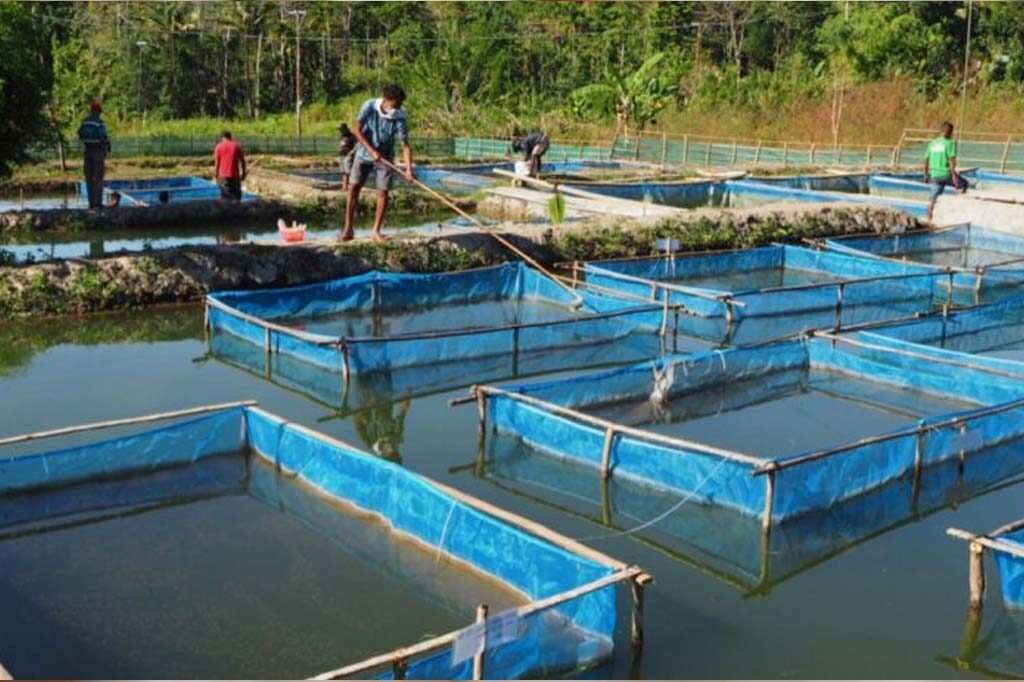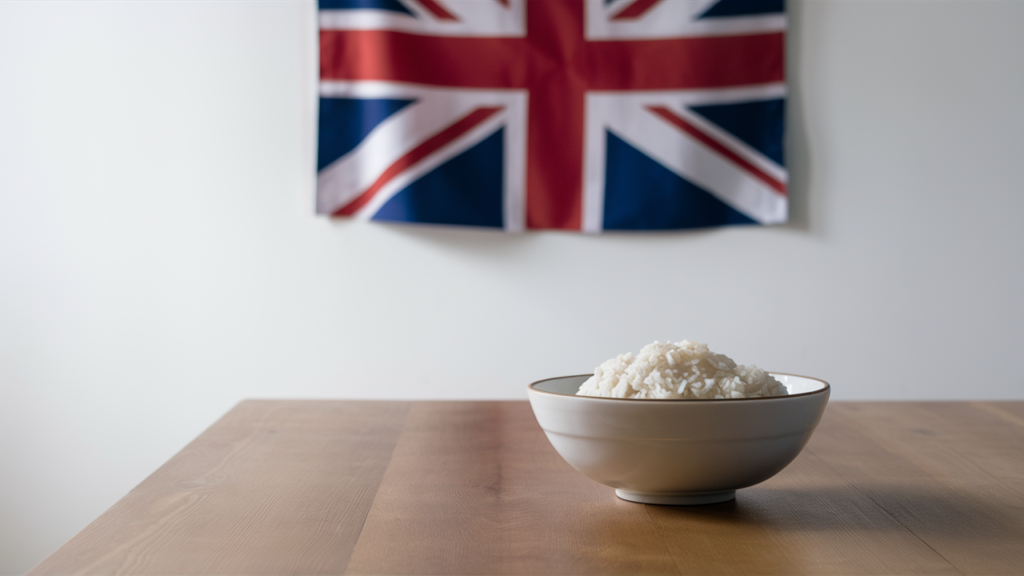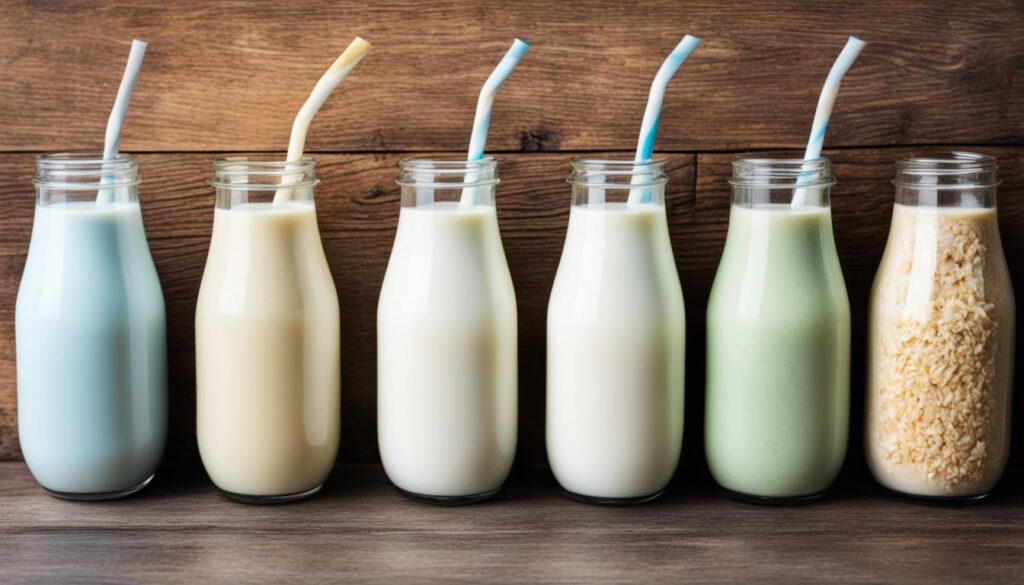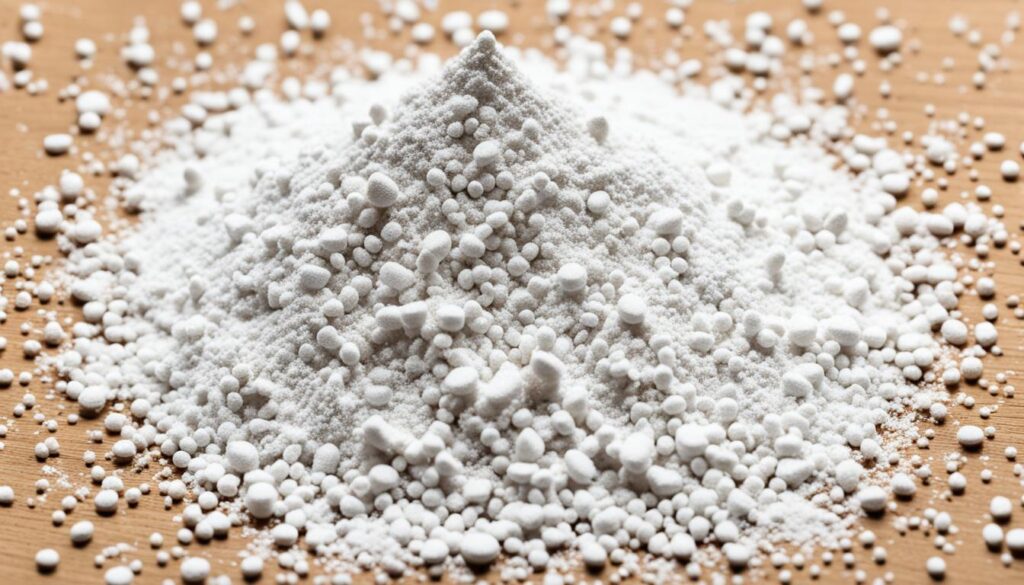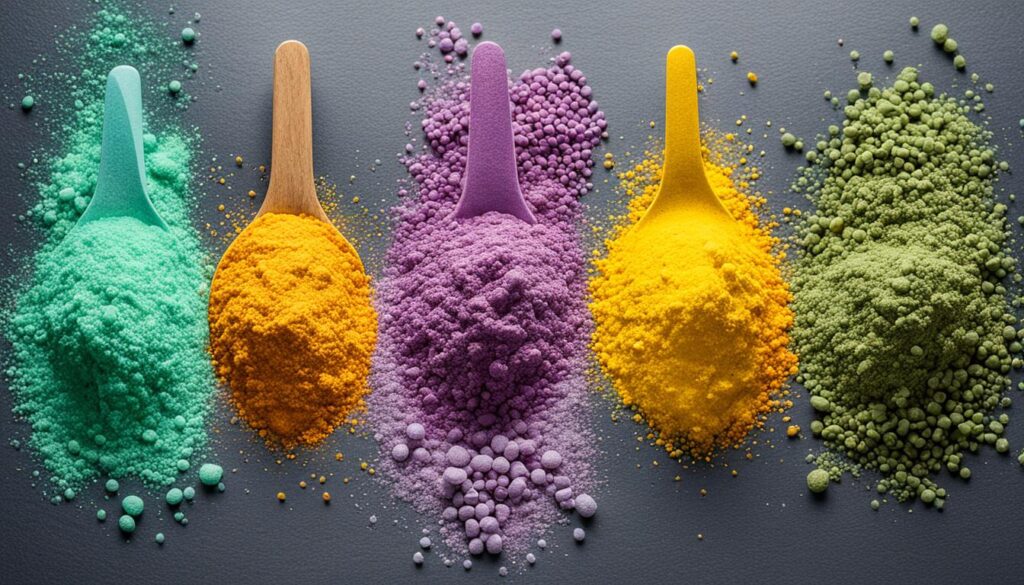Protein is the most expensive product in an aquaculture diet, and fish meal is the most widely used animal protein in commercially processed feed.
That being said, growing demand and strain on the resources of marine fisheries are considered limiting factors for aquatic feeds.
Recent researches have suggested using various sources of plant-based protein to replace the fish meal at different stages, based on the size of the animals, their species, and the feeding environments.
Rice Protein
Rice contains a fair quantity of protein, despite its reputation as a source of carbohydrates. Rice protein is formed by grinding rice grains and treating them with an enzyme that helps separate the starch from the protein.
Rice protein includes enough of the nine essential amino acids to be a healthy muscle building agent.
Aquaculture:
In managed aquatic environments, including the sea, rivers, lakes, ponds, and streams, aquaculture reflects the breeding, harvesting, and rearing methods of aquatic plants and animals. This includes the production of food, conservation of populations of rare and endangered species, restoration of habitats, building aquariums and fish culture, enhancement of wild population, etc.
Cultural Practices:
There are many types of cultural practices carried out in the different types of aquaculture. Some of them are listed below:
- Fish Farming.
- Mariculture.
- Integrated Multi-Trophic Aquaculture.
- Raceway.
- Recirculating Systems.
- Algaculture.
- Inland Pond Culture.
- Cage Systems.
Rice Protein Application in Aquaculture:
Demand for marine food has risen worldwide, as people have discovered that seafood is safe and helps in the battle against cardiovascular, cancer, Alzheimer’s, and many other major diseases. Seafood has now become a regular diet in different parts of the world. It offers sea fishing alternatives.
Aquacultures also preserve biodiversity by decreasing wild stock fishing activities in their ecosystems. The wild populations of the different species in the sea are diminished by offering various replacements for fishing. Aquaculture will increase the accessibility of wild seafood by reducing its prices, and making it available for everyone, particularly in regions that rely on imported seafood products.
The availability of protein ingredients is also a challenge for people who produce feed. Additionally, owing to many unique antinutritional factors and amino acid composition imbalances, the plant protein sources usage is restricted. Thus cheaper plant proteins are taken seriously as alternative sources, with minimum antinutritional elements.
Rice protein concentrate, because of its high protein content, proves to be a valuable protein source. Also, its similarities with a fish meal in terms of fat content and protein are more than most other sources of plant protein.
One of the options suggested to reduce the production costs significantly is to substitute fish feed with rice protein in the feed formulation. Many studies have been conducted in recent years on the replacement of fish meal by using rice protein, showing beneficial results on growth rates of substitution.
Owing to its high protein and lipid content rice protein is an excellent fish nutrition raw material. It provides the source of amino acids and nutrients that are readily available to draw attention as a dietary ingredient for fish.
Final Words:
Around 70% of aquatic-based animal production is fed aquaculture, with high-protein aquafeeds given for animals. Aquafeeds are currently based on fishmeal and fish oil from wild forage fish. The growing use of forage fish, however, is unsustainable, so we need alternative sources of protein.
The need for fishing for wild stocks can be reduced by growing aquaculture. As a result, the environment will be less distressed, and human intervention will be minimalized.



